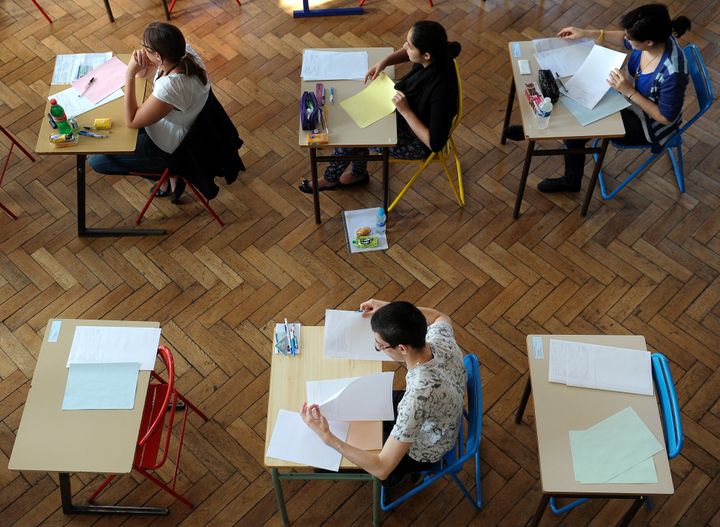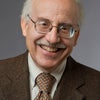
Review of 'Exam Schools: Inside America's Most Selective Public High Schools.' By Chester E. Finn, Jr. and Jessica A. Hockett. Princeton University Press. 255 pp. $24.95
What parents wouldn't want their children to attend Pine View School for the Gifted in Osprey, Fla.? Students there are successful by almost every measure, with average ACT composite scores of 29.1, 19 National Merit Scholar finalists and 22 semi-finalists, 87 percent of Advanced Placement results at 3 or higher, and 100 percent of graduates going on to college. What's more, Pine View is a public school, funded by taxpayers, and free to attendees.
Pine View is one of 165 public high schools, from 30 states and the District of Columbia, identified by Chester Finn, a former U.S. assistant secretary of education and a senior fellow at Stanford University's Hoover Institution, and Jessica Hockett, an educational consultant, in Exam Schools. Academically selective in their admissions policies, these schools represent efforts to "raise the ceiling while we're struggling to lift the floor" in public education, by challenging talented and highly motivated students. They are, the authors argue, a means of enhancing equity and opportunity for kids who cannot afford a private school education, building the nation's intellectual leadership and economic competitiveness, and retaining middle-class families in cities. "We downplay excellence at great cost," Finn and Hockett conclude, and should "remove the political and policy constraints that keep more such institutions from being established."
Finn and Hockett are right to ask tough questions about whether public schools are adequately addressing the needs of gifted and talented youngsters. They do not make a compelling case, however, that selective public high schools are the answer. And they do not assess the impact on "neighborhood" public schools when the most informed, ambitious, conscientious, and competent students go elsewhere.
"The big question we cannot definitively answer," Finn and Hockett acknowledge (following a review of the vastly different methods and student-teacher ratios in their selective high schools), is the extent to which the impressive achievements of students "are caused by what happens inside them -- their standards, curricula, teachers, homework, et cetera" -- or are manifestations of what the kids and their classmates have brought with them. Indeed, a recent study of six well-known "exam schools" by economists at Duke and MIT, using sophisticated methodology, found little evidence of achievement gains. The authors of a second study concluded that attendance at exam schools "has little impact on Scholastic Aptitude Test scores, college enrollment, or college graduation."
Finn and Hockett find these studies "sobering," but fight them off by explaining that they focus on "marginal students" at exam schools and on short-term measures of effectiveness. They cite no research that supports their point of view.
Finn and Hockett claim that selective public high schools are not "bastions of privilege or tools of social stratification and racial stratification." Students in the schools on their list, they write, "are only slightly less poor than the national high school population."
True enough. But exam school students are a lot more affluent than the youngsters in their (mostly urban) communities. And, as Finn and Hockett admit, selective schools serve "as a kind of refuge" from less desirable neighborhood schools "for significant numbers of white and Asian students." At the Liberal Arts and Sciences Academy in Austin, Tex., fewer than 20 percent of the pupils quality for the federal subsidized lunch program, while the district deems 60 percent of the total student population "economically disadvantaged." At Thomas Jefferson High School for Science and Technology in Annandale, Va., 44 percent of the students are white, 50 percent Asians, 4 percent black and Hispanic, and fewer than 3 percent are economically disadvantaged. Teachers at the school believe that children from Korea live with families in northern Virginia (or on their own) to establish residency and therefore eligibility for TJ.
Finn and Hockett refer, albeit in passing, to the palpable threat to local public schools posed by an expansion of selective high schools (especially in conjunction with school voucher programs and the proliferation of charter schools). The removal of sizable numbers of competent, ambitious and motivated students leave these schools with reduced resources (which are tied to enrollments) and a higher proportion of troubled kids and those with special needs, making it more difficult for them to meet the "No Child Left Behind" requirement that every student reach proficiency in reading and mathematics in 12 years, and subjecting them to sanctions and even closure for failing to make progress toward those goals.
The question John Gardner asked in 1961 -- "Can we be equal and excellent, too?" -- clearly remains relevant today. Less clear, however, is whether a significant expansion of stand alone "selective" schools is the best way to go. What we need the most, it seems to me, is a comprehensive reform of public education that is attentive to raising the ceiling but that does not accomplish this worthy goal by making it even more likely that we will leave many a child behind.
Glenn C. Altschuler is the Thomas and Dorothy Litwin professor of American Studies at Cornell University.
